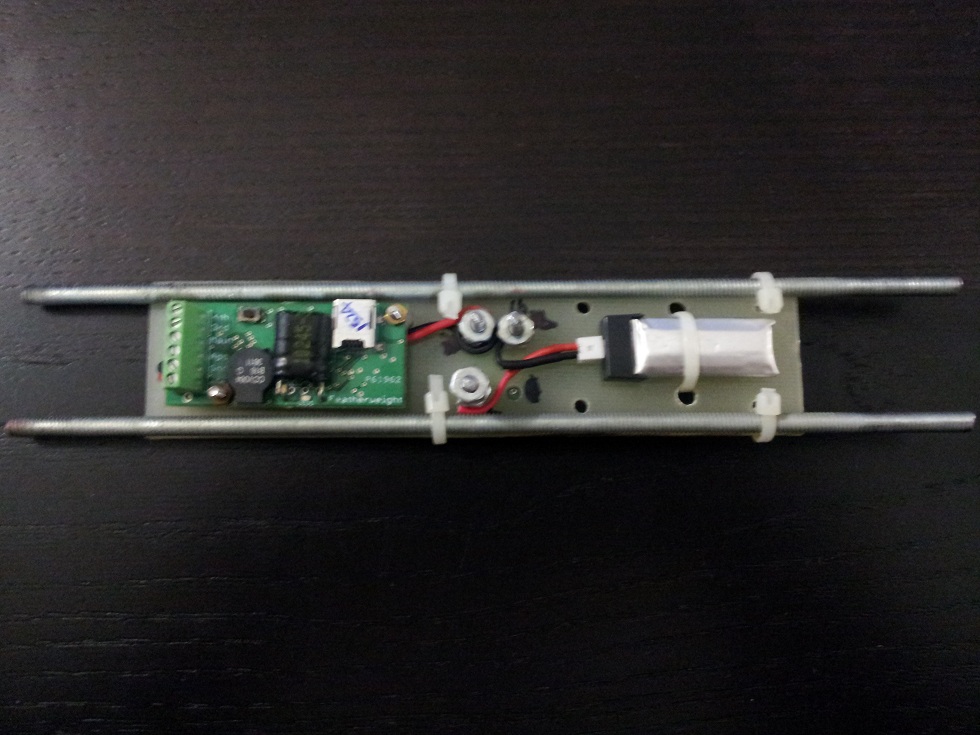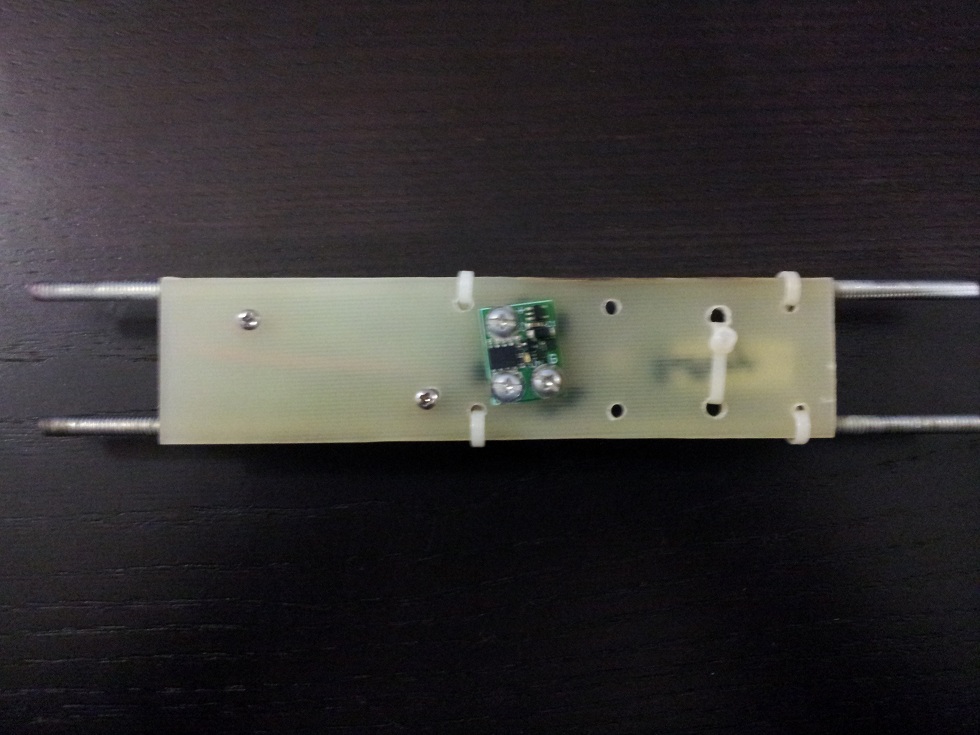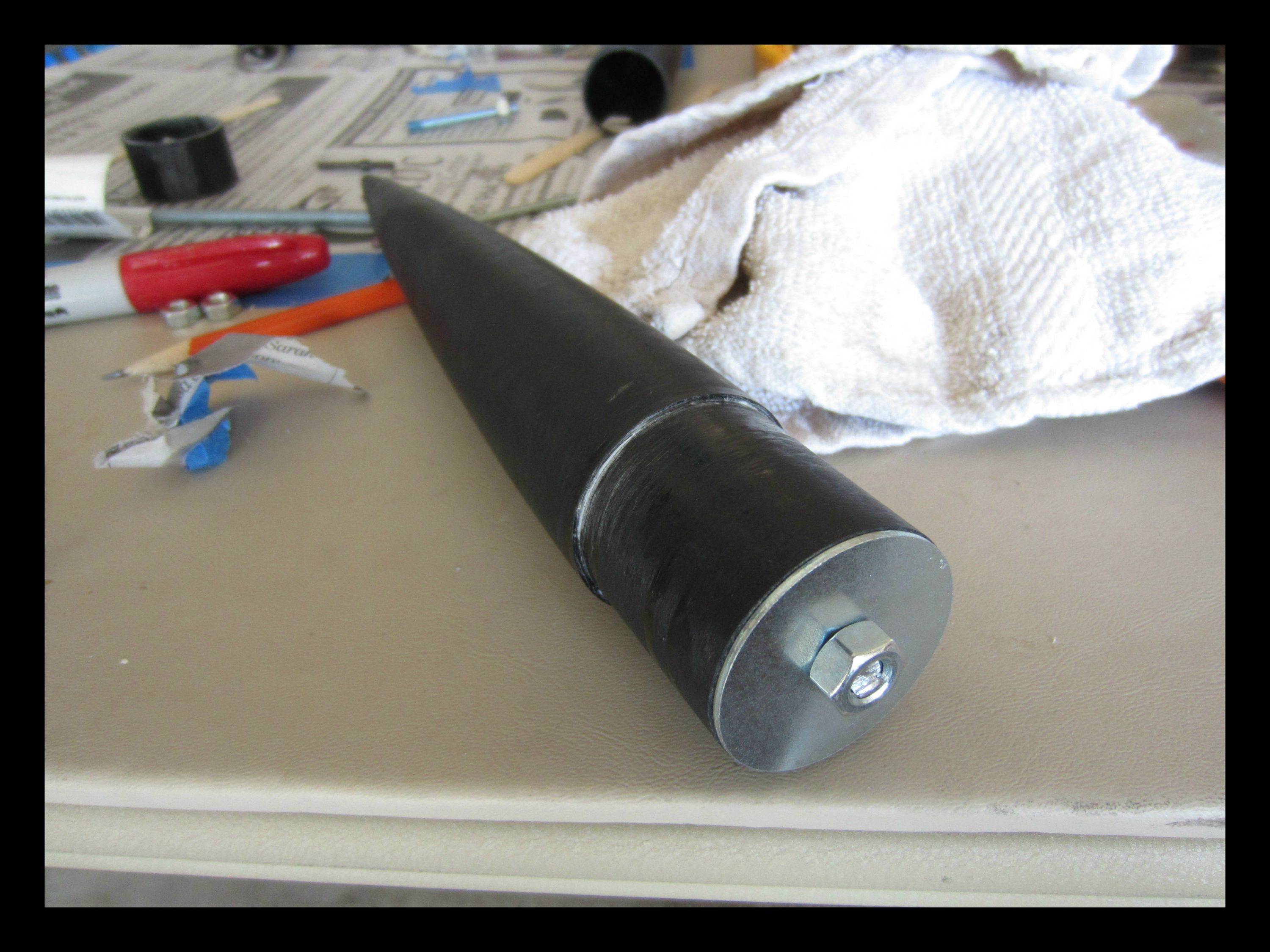KenRico
'Just the Tip'
- Joined
- May 31, 2011
- Messages
- 2,744
- Reaction score
- 56
I might as well share mine.


Mine is really simple, I have a raven connected to the magnetic switch with a simple LIPO.
Then one of the screws is the output to the ejection charges. When I install the top bulkhead I will attach the wires directly to the screw and the altimeter. Then I have a simple hole in the bulkhead where the wires will run from the charges to the board.
Then when I install the bottom bulkplate, I will have a spare wire running from the output of the switch that will be wired to the charges. Then the Raven will be facing down so I can install the last two charges into the raven directly.
Any questions?
I forgot to add I finally set a date for launch it will be February 23rd.
February is coming up quick! Cant wait to hear how the flight and bay operation go.
Not her to curtique, but personally like your liberal use of nylon ties !
Kenny









